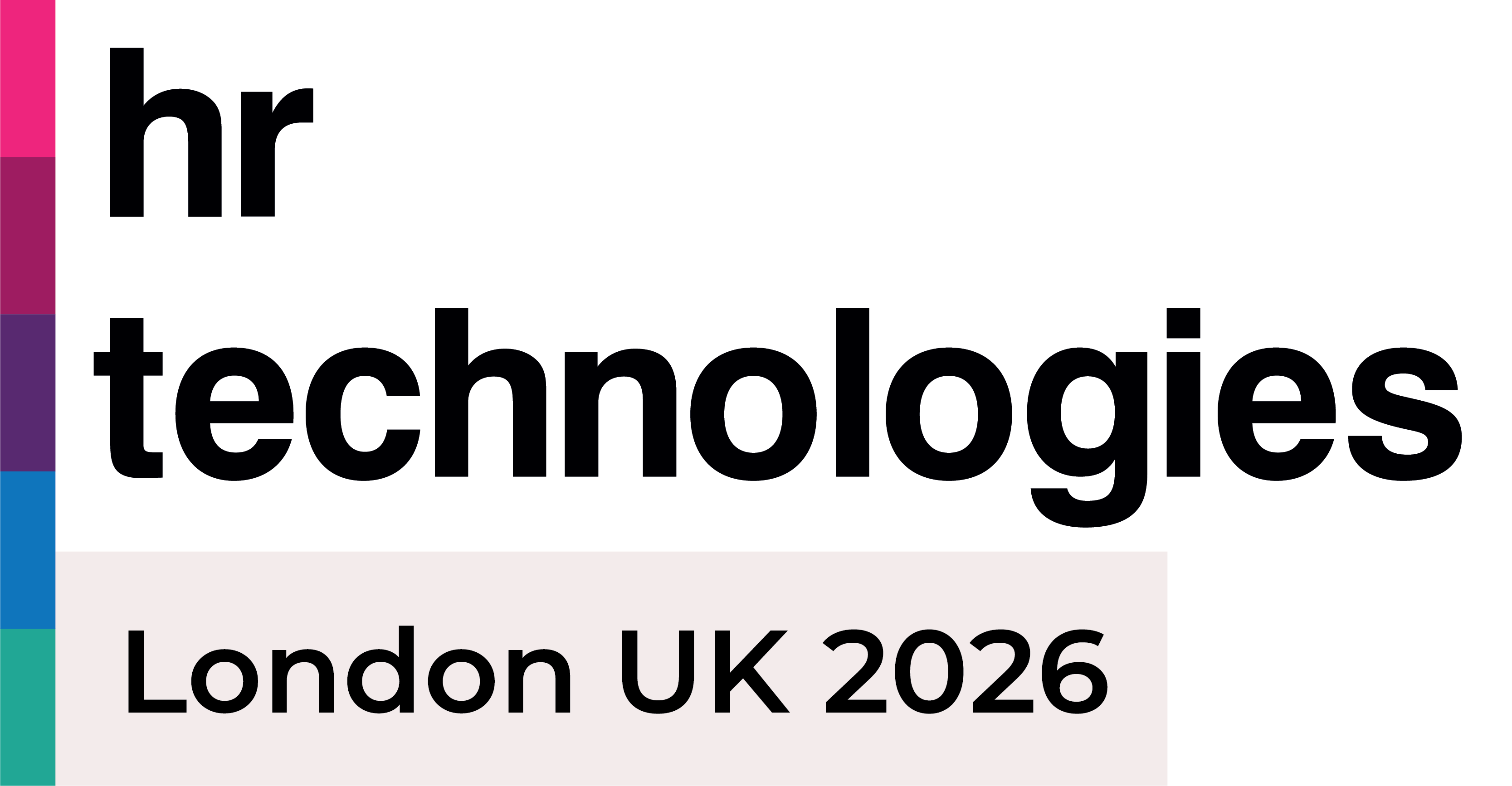What's happening to DEI?

It’s an uncomfortable truth, but a truth all the same: DEI has become a point of contention in the current political climate. From gamers lamenting at “forced diversity” among video game characters to Elon Musk tweeting “DEI needs to DIE”, there’s an increasingly vocal portion of the population who see the practice of Diversity, Equity and Inclusion as more of a hindrance than a help.
This raises two questions: why? And what can HR departments do about it?
What is DEI, and what is it for?
It’s always helpful to begin by defining our terms. Diversity, Equity and Inclusion refers to the conscious effort organisations make to ensure:
- There is a wide range of people of various backgrounds and identities present within the business, with a particular focus on those from marginalised groups.
- These people are treated fairly within the business, with the same access to opportunities, both professional and otherwise, as others from more comparatively privileged backgrounds.
- That everyone in the business feels welcome, appreciated and represented within the organisation’s wider culture.
These three things are achieved not only through direct, written policy, but also a more subjective and encouraged awareness throughout an organisation’s culture.
Most would agree that ensuring the implementation of those three points is simply the right thing to do from an ethical perspective. However, the data has shown that it’s also the right thing to do economically. A 2020 study of over 1000 businesses from McKinsey & Company demonstrated that gender-diverse businesses are 25% more likely to have higher profits, with that number increasing to 36% for ethnically and culturally diverse businesses. A company’s culture suffers when it becomes too homogeneous, so it stands to reason that an increasingly heterogeneous one will thrive.
What’s happening now?
Despite this data demonstrating the objective benefits of DEI, many companies – especially in the US – are walking their policies back. Toyota and Ford are among the bigger names who, despite claiming that diversity is still important to their businesses, have dissolved several of their DEI-focused initiatives. They’re not the only ones, either. From 2022 to 2024, the number of employers who do not specifically state an interest in diverse candidates in their job ads has increased by 15%. Similarly, the proportion of those using blind CV submissions fell to 25% in 2024 – almost half of what it was two years before.
Part of this, of course, is down to the idea DEI practices represent “wokeism”. Displaying too much alignment with it plays badly for an organisation’s PR in certain demographics. Take, for example, the boycott of Bud Light from some US conservatives after the beer company worked with a transgender influencer – the backlash reportedly lost the company $27 billion in value. So, businesses must consider if those demographics are among the ones they wish to market to.
The backlash to DEI in general served as a catalyst. Its most prominent effect was once again seen in the US, when in 2023 the Supreme Court banned academic institutions from letting prospective students’ races factor into their applications. The argument went that, though these practices sought to even out the playing field for people of colour in higher education, letting any one person’s race play in their application’s favour was discriminatory. This sent ripples through the US and beyond, with huge businesses like Target, Starbucks and PwC having the legality of their diversity programmes challenged. Some chose to open programmes up to all regardless of race while others scrapped them completely. Ever since, businesses have found themselves at a crossroads between what they believe is good practice and good business, and what might get them into hot water legally.
What’s the solution?
As we’ve already shown, DEI isn’t all about PR or social impact. Its effect on your business’s bottom line is significant. So, how do you maintain a diverse and inclusive culture in an environment like this, where those very policies are seen as controversial?
Address causes before effects
Often, diversity policies seek to add weight on one side of the scale to balance them, rather than removing the weight that was on the other side. In the earlier tweet we mentioned at the start of this article, Elon Musk went on to say, “The point was to end discrimination, not to replace it with different discrimination.” While there’s a considerable amount of nuance and context absent from his statement, there is an argument that some DEI policies are guilty of this.
For example, the intent of diversity quotas in hiring is easy to understand. You have a marginalised group of people – let’s say Left-Handed* for now – who are underrepresented within your business. So, when hiring, you dictate that X amount of new hires must be Left-Handed. Problem solved, right?
The issue here is threefold:
- Those with similar attitudes to Musk will decry that any Leftie hired only got their position because of “box-ticking”, not through merit or qualifications. If Lefties were suitable for the role, they’d say, they wouldn’t need the quota.
- Similarly, Lefties hired under these policies may experience doubt about their suitability for the role. How strong a factor was their handedness in their appointment? Now that they’ve been hired, are they expected to be a perfect representative of the Left-Handed? Will they need to outperform their Right-Handed and Ambidextrous peers to prove themselves?
- The initial reason for underrepresentation is never addressed. It’s seen as a numerical inequality, when in reality it’s cultural. Why is the business less likely to hire Lefties in the first place? Was it just the personal bias of the hiring manager(s), an extension of the business’s attitudes, or those of the industry as a whole? Or is it simply that far fewer Left-Handed people apply? But if that’s the case, why are fewer Lefties applying… and so on.
Your DEI policies do not begin and end with how many people of different groups work within your business. This addresses the ‘D’, but not the ‘E’ and certainly not the ‘I’. It’s covering unbaked batter with frosting and calling it a cake. As Jeanette Wheeler, Chief HR Officer at MHR put it, “improving diversity isn’t just a matter of hiring candidates from diverse backgrounds, it’s about an environment where anyone from any background can thrive, regardless of whether the business environment changes.”
Read DEI backwards
This leads nicely into our next point. An effective DEI policy needs to begin with Inclusion. Before you welcome in more people from marginalised groups, you need to be certain that the environment is actually welcoming. This could be through affinity groups – internal networks open to all that encourage discussion and collaboration between people of different races, genders, sexualities, etc. – or allyship programmes, in which a person of one group – say, a black woman – may be partnered with someone from another – a disabled man, for example. These are all about encouraging support, understanding and the sharing of new perspectives.
Once you have a truly inclusive environment, your employees will find it easier to raise issues around Equity. Quite often, when a working environment is not equitable, it’s almost invisible to those unaffected by it. It’s only when someone puts their hand up and points out unfair treatment that it becomes clear to others. However, without an inclusive, collaborative environment, someone might feel a lot less safe raising their Left Hand. Once they do, of course, this takes a lot of the pressure off your HR team in identifying these iniquities. Instead, they can focus on correcting them.
Having an overtly inclusive and equitable environment will do more for creating Diversity in your business than any quota ever could. You’ll get far more applications from more diverse people, and they’ll have a much fairer shot at being hired when your hiring managers have an awareness and understanding of potential biases and roadblocks.
And, at the end of the day, you won’t have any policies that someone can point to and call exclusionary or unfair.
Conclusion
Despite what nay-sayers and sensationalists will tell you, DEI isn’t going anywhere. Yes, some of the more obvious policies may be scaled back, and the acronym itself might be due a rebrand to shed some of the less favourable connotations. However, as long as the evidence points to more profitability in businesses with diverse, inclusive workforces, the smart money will keep betting on it.
Wondering where to start? When employers who abandoned or reduced their DEI policies were asked for the best ways to encourage them to re-adopt them, they listed:
- Training & learning on best practice
- Strong internal policies with commitment from internal leaders
- Events and networking with other organisations on DEI initiatives
- Support & advice from experts
To find out how you can implement some more progressive DEI policies in your business, why not take a look at this article we wrote on the subject? And, of course, you’ll find plenty of inspiring DEI-related content in our Keynote Theatres at HR Technologies UK, so make sure you register your interest in attending in April 2025.
*The author of this article, Huw Landauer, is himself Left-Handed.
)

)

)
)

)
)
)
)
)
)
)
)
)
)
)
)